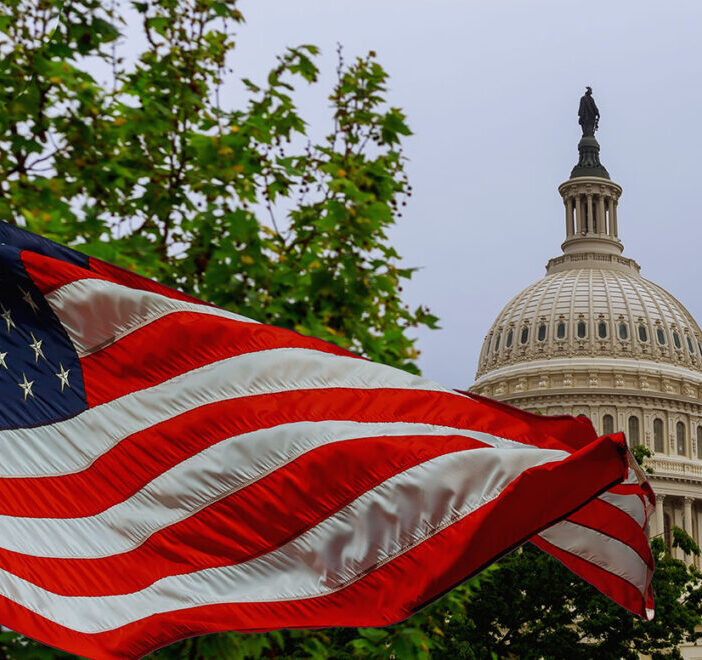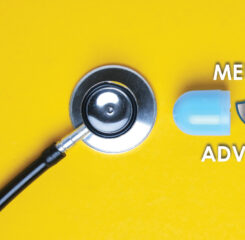CMS Hosts Emergency Preparedness Listening Session
The Centers for Medicare and Medicaid Services (CMS) Clinical Standards Group (CSG) hosted an emergency preparedness listening session on September 13 to gather information on experiences implementing requirements during emergencies outside the current COVID-19 public health emergency. Input from the listening session will assist CMS in evaluating current emergency preparedness requirements. While it is unclear at this time how CMS intends to proceed, LeadingAge notes that both the Biden Administration and the National Academies of Sciences, Engineering, and Medicine (NASEM) recommended earlier this year that CMS take steps to enhance emergency preparedness in nursing homes.
LeadingAge solicited feedback from members and provided information during the listening session that represents feedback from our members across CMS-certified settings. Participants in the listening session spanned provider settings, but seemed to be more heavily weighted toward nursing homes in response to the questions posed by CMS, as outlined below.
What have been your facility’s experiences in developing and implementing emergency preparedness plans under the CMS regulations? Do the current CMS emergency preparedness regulations create any unintended barriers in your work? If so, what are they?
Participants reported several barriers to implementation. The volume of emergency preparedness regulation requires a full-time employee with emergency preparedness expertise to effectively sort through requirements and reconcile requirements with often-conflicting state or local requirements and recommendations. The reality is that these staff members are often fulfilling multiple roles, especially during this national workforce shortage, and a lack of consistent requirements and recommendations complicates this important process.
Other participants reported difficulty establishing coordination with local or state emergency officials who are unaccustomed to collaborating with long-term care and healthcare settings serving older adults. Even if coordination is established, emergency officials may be unfamiliar with the needs of these settings and may not have accounted for them in planning and preparation activities, creating barriers to collaboration.
Further, identified challenges in the survey process complicate compliance. Without the support of a centralized emergency authority, providers must all begin with a blank page and outcomes vary widely. Survey results provide little to build on for future planning due to inconsistency in interpretation and enforcement of the requirements among surveyors and among states. Participants pointed out that comprehensive resources from CMS or a federal emergency authority, including emergency plan templates, would ensure providers are better equipped to meet requirements and plan to ensure safety during emergencies.
What resources does your facility use to inform emergency preparedness plans under the CMS regulations? What additional resources could you use as you update your plans?
Participants reported relying on a number of resources from expert consultants and state/local information sources but noted that a lack of collaboration between federal, tribal, state, and local emergency officials meant that information at the state and local level sometimes conflicted with information from the federal level.
Participants further noted a general lack of resources or insufficient resources that often resulted in disadvantages for long-term care. While practical planning resources, such as templates and planning guides can improve preparedness, priority allocations of funding and equipment from the federal level for long-term care and other settings serving older adults will help ensure these resources are received at the state and local level.
How does your facility “stand down” or “recover” after emergency events? How long does this process take, and does it interrupt services for patients? Does your process include any type of “failure analysis” or other assessment that helps to identify and correct any issues experienced during an emergency?
Participants reported complying with existing requirements such as utilizing After Action Reports and reviewing and updating emergency plans accordingly, but noted that recovery also depends upon factors beyond the provider’s control. For example, the type and severity of the emergency obviously impacts recovery, but the resources available and support received can make the difference between recovering according to plan and struggling through the recovery process.
For example, participants reported that priority allocations for personal protective equipment and testing supplies have greatly increased providers’ abilities to respond to, recover from, and prevent future outbreaks throughout the COVID-19 public health emergency, but in areas where long-term care have not been prioritized for COVID-19 resources or during weather-related emergencies when state or local emergency officials have neglected to consider or collaborate with long-term providers in planning activities, recovery takes longer and the impact on those served in our provider communities are greater.
Participants agreed that better collaboration between federal, tribal, state, and local emergency officials including priority resource allocations is needed to ensure providers receive the support necessary for adequate recovery.
During emergencies, including the COVID-19 PHE, CMS has used a combination of emergency waivers, regulations, and sub-regulatory guidance to offer health care providers the flexibility needed to respond. In certain cases, these flexibilities suspended requirements in order to address acute and extraordinary circumstances. What specific flexibilities, if any, have been most helpful? Least helpful?
Participants reported that the waivers that have been most helpful during the COVID-19 public health emergency have been those that eliminate access barriers. Examples included waivers of physician visit requirements that allowed certain tasks to be delegated to other clinical professionals such as physician assistants, nurse practitioners, advanced practice registered nurses, and clinical nurse specialists. Allowing these professionals to practice at the top of their licenses ensured that care needs were met more quickly, while physicians’ time could be dedicated to higher acuity individuals.
Similarly, the nurse aide training waiver implemented in nursing homes increased the number of staff available to meet residents’ needs, helping to mitigate ongoing, severe staffing shortages. LeadingAge urged CMS to continue working with states to ensure staff working under this waiver are certified by the October deadline.
Other waivers that eliminated access barriers included telehealth flexibilities and the 3-day stay waiver, or Qualifying Hospital Stay waiver implemented in nursing homes. These waivers and flexibilities allowed beneficiaries to access the care they needed more quickly and safely, particularly for individuals who were too sick or scared to go out or experienced other barriers such as transportation. Further, the 3-day stay waiver allowed beneficiaries to access skilled nursing facility services without occupying high-demand acute care beds due to arbitrary eligibility criteria.
LeadingAge will be submitting additional written feedback in response to CMS’s requests outlined above. Please share any feedback for consideration by emailing Jodi Eyigor jeyigor@leadingage.org by Friday, September 23.

Most Recommended
July 23, 2025
 Budget Reconciliation 2025
Budget Reconciliation 2025
August 05, 2025
Pathways for Foreign-Born Workers
Recently Added
August 13, 2025
Federal Judge Pressures HUD on Stalled Climate Resilience Funds
August 12, 2025



